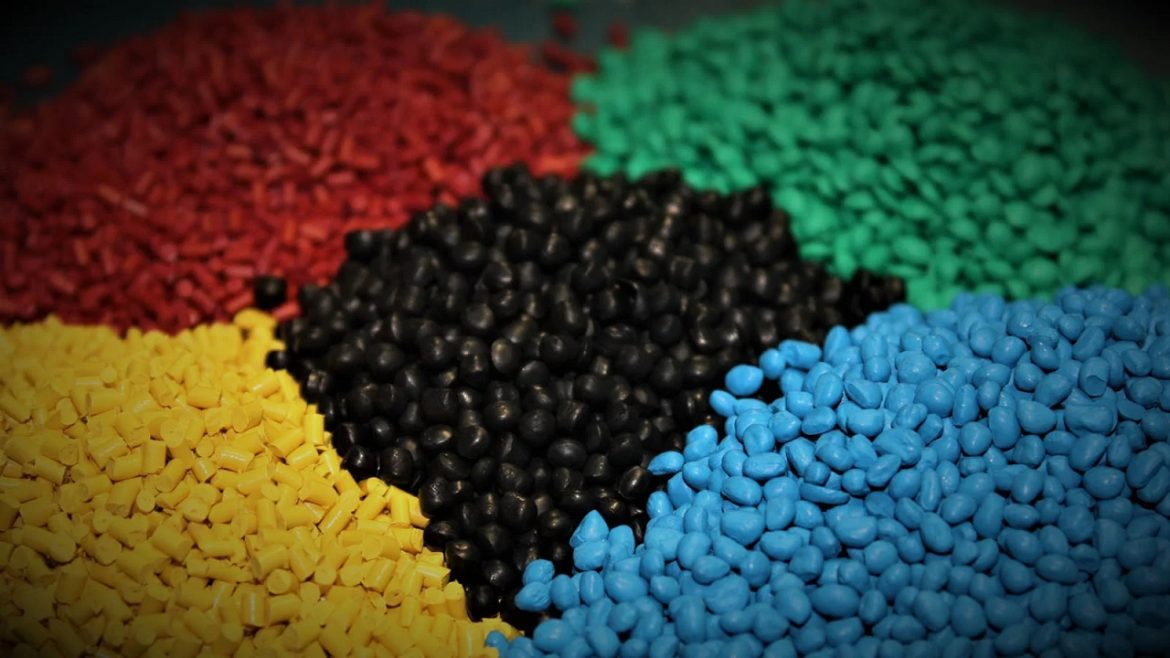When it comes to custom injection molding, choosing the right material is paramount. It’s not just about the base plastic; it’s also about the additives and fibers that can be incorporated into the mix. These elements can significantly enhance the properties of the final product, making it more durable, resistant to various factors, and even aesthetically pleasing. In this article, we’ll delve into the world of additives and fibers in injection molding materials, exploring how they can transform your plastic components.
Benefits of Additives and Fibers
The incorporation of additives and fibers in injection molding materials offers a wide range of benefits:
- Improved Strength: Reinforcements like glass and carbon fibers significantly enhance the strength of plastic components, allowing them to withstand heavy loads and extreme conditions.
- Enhanced Durability: Additives like UV absorbers and flame retardants increase the longevity and safety of products, especially those exposed to harsh environments.
- Customization: Colorants and additives provide customization options, enabling manufacturers to meet specific design and branding requirements.
- Lightweight Design: Carbon fibers, in particular, allow for the creation of lightweight yet robust parts, reducing overall product weight.
- Environmental Considerations: Natural fibers promote sustainability and eco-friendliness, making them an excellent choice for environmentally conscious projects.
Understanding Additives
Additives are substances added to the base plastic resin during the injection molding process to modify its properties. They can serve various purposes, depending on the desired outcome of the product. Here are some common types of additives used in custom injection molding:
- Flame Retardants: Flame retardant additives enhance the fire resistance of plastic materials, making them safer for applications where fire hazards are a concern.
- Plasticizers: Plasticizers improve the flexibility and workability of plastics, making them easier to mold and shape during the injection molding process.
- Glass Fibers: Glass fibers are used to reinforce plastic components, increasing their strength and stiffness. This is especially beneficial for parts subjected to high mechanical stress.
- UV Absorbers: These additives protect the plastic from the harmful effects of ultraviolet (UV) radiation. They prevent degradation and color fading caused by exposure to sunlight.
- Colorants: Adding colorants allows you to achieve specific colors or patterns in your injection molded parts. This is particularly important for products with branding or aesthetic requirements.
Harnessing the Power of Fibers
In addition to additives, injection molding materials can be reinforced with fibers. These fibers are typically made of glass or other materials and are added to the plastic resin to enhance specific properties:
- Carbon Fibers: Carbon fiber-reinforced plastics are known for their exceptional strength-to-weight ratio. They are used in high-performance applications, such as sports equipment, automotive racing parts, and aerospace components.
- Natural Fibers: Some injection molding materials incorporate natural fibers, such as wood or bamboo. These fibers can add a touch of sustainability to the product and provide unique aesthetic properties. They are often used in furniture and decorative items.
- Glass Fibers: Glass fibers are commonly used to reinforce plastic components. They provide exceptional strength and stiffness, making them ideal for applications where structural integrity is crucial. Glass fiber-reinforced plastics are often found in automotive parts, aerospace components, and consumer electronics.
Conclusion
In conclusion, additives and fibers play a pivotal role in the world of custom injection molding. They allow manufacturers to fine-tune the properties of plastic components, making them stronger, more durable, and tailored to the intended application. Whether you need a UV-resistant housing for outdoor electronics or a lightweight, high-strength automotive component, exploring the possibilities of additives and fibers in injection molding materials can lead to innovative and high-quality solutions.
